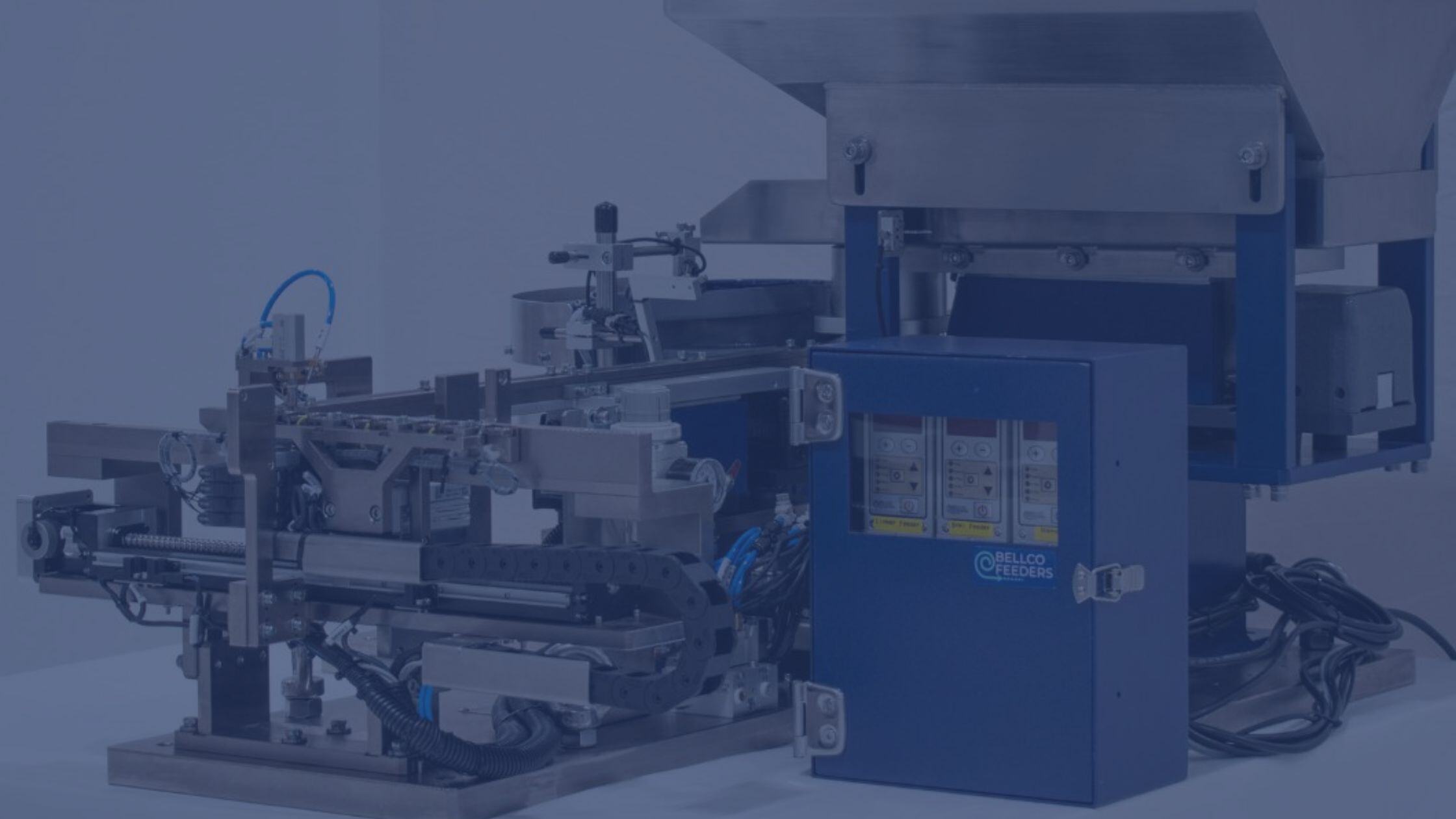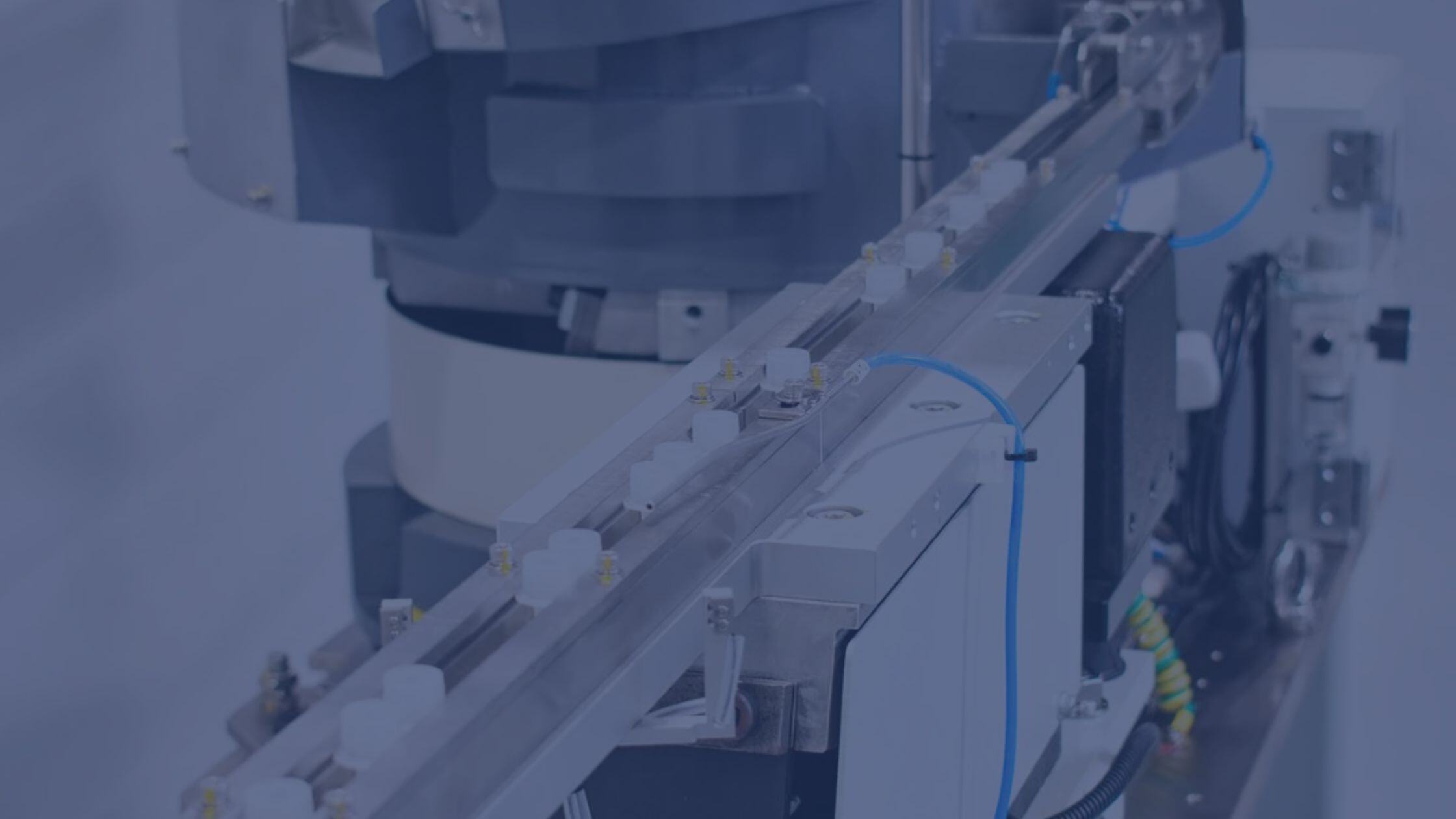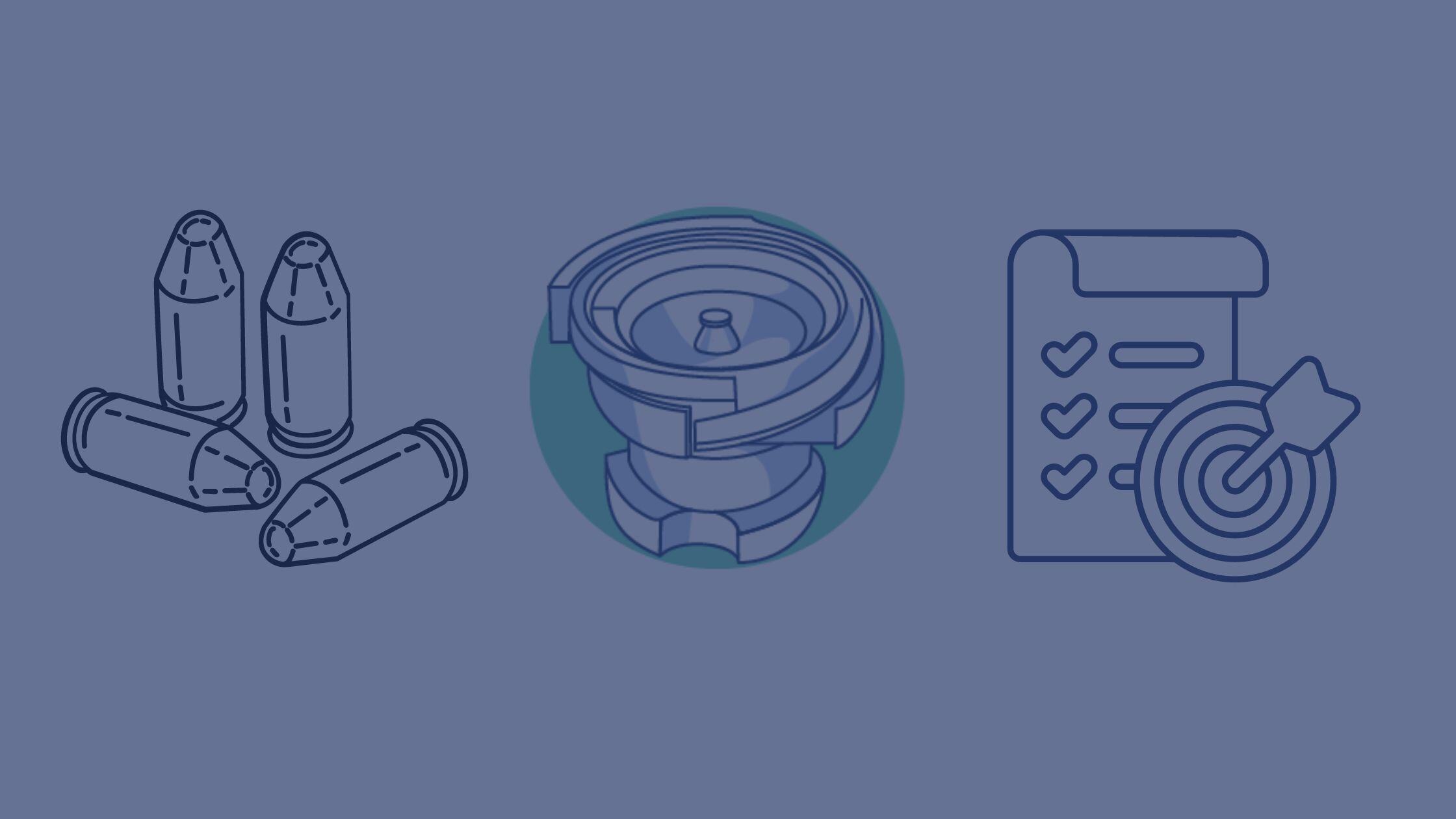Are you curious about the true cost of a vibratory bowl feeder? In this blog post, we'll break down all the costs and considerations associated with these essential industrial tools. From initial purchase to maintenance and operation expenses, we'll uncover everything you need to know when looking to purchase a vibratory bowl feeder.
Factors Affecting the Cost of Vibratory Bowl Feeders
Screw Feeding System by Bellco Feeders
In the world of custom parts feeding systems several factors can significantly impact the cost of a vibratory bowl feeders that you are looking to purchase:
- Size and Capacity: The size and capacity of a vibratory bowl feeder can play a factor in its price. Larger feeders designed to handle high volumes of parts or larger parts require more materials and complex engineering, thus commanding a higher cost. Conversely, smaller feeders, designed to feed small parts or with lower part capacities are more budget-friendly and suitable for smaller-scale operations.
- Material and Design: The choice of material and the complexity of the design also plays a critical role in pricing. High-quality materials such as stainless steel offer durability and resistance to corrosion but come at a premium. Complex designs that require precision engineering to feed parts with a unique geometry and specific part orientation can incur higher manufacturing costs compared to simpler models. Balancing these factors ensures you choose a feeder that meets both your performance needs and budget constraints.
- Additional Features: Advanced features can enhance the functionality and efficiency of vibratory bowl feeders but also contribute to higher costs. Features like adjustable speed controls optimize sorting processes, while noise reduction technology improves workplace conditions. Integration of sensors and tracking systems provides real-time monitoring and enhances operational visibility, albeit at an additional expense.
- Installation and Integration: Installation and integration costs should be considered when budgeting for vibratory bowl feeders. Proper installation ensures optimal performance and safety. Depending on the complexity of your production line and feeder requirements, installation may involve specialized tools and expertise. Integrating the custom parts feeding system with existing machinery or automated systems also adds to the overall cost but enhances operational efficiency and productivity in the long run. Manufacturers of custom systems, like Bellco Feeders, often provide installation guidelines, which can streamline the process and minimize potential disruptions to your operations. Considering installation and integration as part of your investment ensures seamless implementation and maximum return on investment from your vibratory bowl feeder.
- Industry Standards and Trends: The vibratory bowl feeder industry is influenced by evolving standards and technological trends. Emerging trends in automation and industry technology are driving demand for smart feeders capable of seamless integration with automated production lines. While these advancements offer enhanced capabilities, they often come with a higher price tag due to advanced technology and integration requirements.
- Speed: The speed (PPM) of a vibratory feeder bowl can also significantly impact the overall price of the system. Higher speeds can increase the efficiency and throughput of the feeding process, reducing labor costs and improving production rates. However, achieving higher speeds often requires more advanced technology, precise engineering, and durable materials, which can drive up the initial cost of the feeder bowl. Additionally, faster speeds may lead to increased wear and maintenance requirements, further influencing the overall cost of the system. Balancing speed and cost is crucial to optimize both performance and budget in vibratory feeder bowl systems.

Custom Parts Feeding System with Stainless Steel Hopper by Bellco Feeders
Average Cost Range for Vibratory Bowl Feeders
Vibratory bowl feeders are available across a wide price spectrum:
- Low-End Options: Ideal for budget-conscious businesses or those with modest part sorting needs, low-end vibratory bowl feeders offer basic functionality at a lower cost. These feeders are typically smaller in size and may lack advanced features but still provide reliable performance for smaller-scale operations.
- Mid-Range Options: Balancing affordability with enhanced features, mid-range vibratory bowl feeders cater to medium-sized businesses. They often include adjustable settings for speed and capacity, making them versatile for various production demands without the premium price tag of high-end models.
- High-End Options: Designed for heavy-duty industrial applications, high-end vibratory bowl feeders boast advanced technology, robust construction, and extensive customization options. While they represent a significant investment, these feeders deliver superior performance and durability, making them suitable for high-volume production environments.
Hidden Costs to Consider
- Energy Consumption: Vibratory bowl feeders run on electricity and consume varying amounts depending on their size, speed settings, and usage frequency. It is crucial to consider this factor when budgeting for operational expenses.
- Maintenance: Maintenance costs are an important consideration when evaluating the total cost of ownership for vibratory bowl feeders. Regular maintenance, including lubrication, inspection of wear parts, and cleaning, helps prolong the lifespan and ensure optimal performance of the feeder. Some feeders may require specialized maintenance procedures or the use of specific tools, which can collect additional costs over time.
- Safety and Compliance Costs: Designing vibratory bowl feeders that meet stringent safety standards and regulatory requirements can impact costs through additional investments in safety features, certifications, and compliance testing. While these measures add to the initial cost, they mitigate risks associated with workplace accidents, regulatory fines, and disruptions to production.
Is a Vibratory Bowl Feeder Right For Your Business Needs?
Addressing the potential return on investment (ROI) that can come from choosing a well-suited vibratory bowl feeder is important. Considering factors like increased efficiency, reduced downtime, and improved product quality. While initial costs may seem significant, a feeder that improves production throughput, minimizes errors, and enhances part handling efficiency can deliver substantial long-term savings. Evaluating the feeder's impact on overall operational costs and productivity gains helps justify the upfront investment in terms of cost efficiency over time.
By weighing these cost factors against your operational requirements and budget, you can make a well-informed decision that aligns with your business goals. Whether you opt for a cost-effective solution or invest in top-tier equipment, the right vibratory bowl feeder can optimize your production processes and contribute to long-term efficiency gains.
Ready to bring in the experts?
For personalized guidance on selecting the ideal feeder for your needs, consult with an industry expert who can review your application, parts provide tailored recommendations based on your specific requirements.

Explore our range of vibratory bowl feeders and learn how we can streamline your operations while maximizing productivity and performance!




